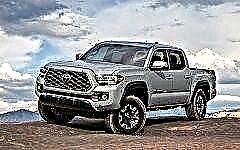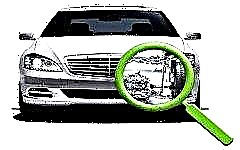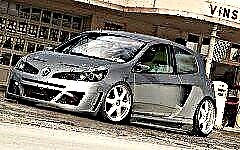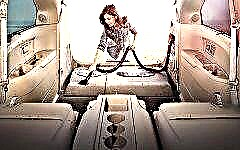In this article, we will analyze with you such concepts as the gross vehicle weight and the curb weight - their differences.

In the automotive industry and everything related to this area, 2 such basic concepts are used as the curb weight of a car and the gross weight of a car. These two characteristics are those that are sure to be told about in theoretical classes held in an automobile school. Nevertheless, many, even very experienced, drivers do not know or have simply forgotten what lies under this terminology.
What is the curb weight of a car

The curb weight of the vehicle is the total, i.e. the total mass of the car with a set of standard equipment, all its operating consumables that are required (for example, coolant and engine oil), a tank fully filled with vehicle fuel, the weight of the driver, but without the weight of the cargo and the weight of the passengers.
What is the gross vehicle weight

The gross vehicle mass, or, as it is also called, the gross permissible mass is the mass of the car, which is the maximum permissible and includes: the weight of the driver, the weight of the passengers, the mass of the entire equipped car, as well as the mass of the cargo that is transported by the car.
What is the difference between curb and gross vehicle weight
If you understand the differences between these two concepts, then the point is what exactly is included and summed up in the total mass indicator. Unlike the indicator of the curb weight of a car, the indicator of its total weight also takes into account the weight of the driver, and the weight of the passengers of the car, and the mass of those goods that are in it (transported).
It is absolutely natural that people are all different - each person has a different weight. The same applies to the luggage of the car - some drivers can “store” the car so that it cannot move from its place, and some - are more careful and transport goods within reason. In this regard, most often among motorists, such a concept as "permissible total mass of the car" is used. Each car has its own highest solvable mark, it all depends on the manufacturing company, the materials used in the production of the car, as well as the structure of the car body and other supporting parts of the car. It is important not to load your own car so that this figure is exceeded. If you do not adhere to this, then gradually during the operation of the car, its body, bridge systems, as well as many other parts that are fixed to the car's suspension will be deformed. It is also necessary to take into account the fact that with the full curb weight of the car - fuel, it will absorb significantly more.











